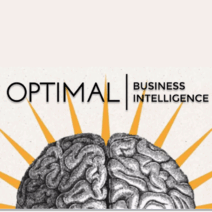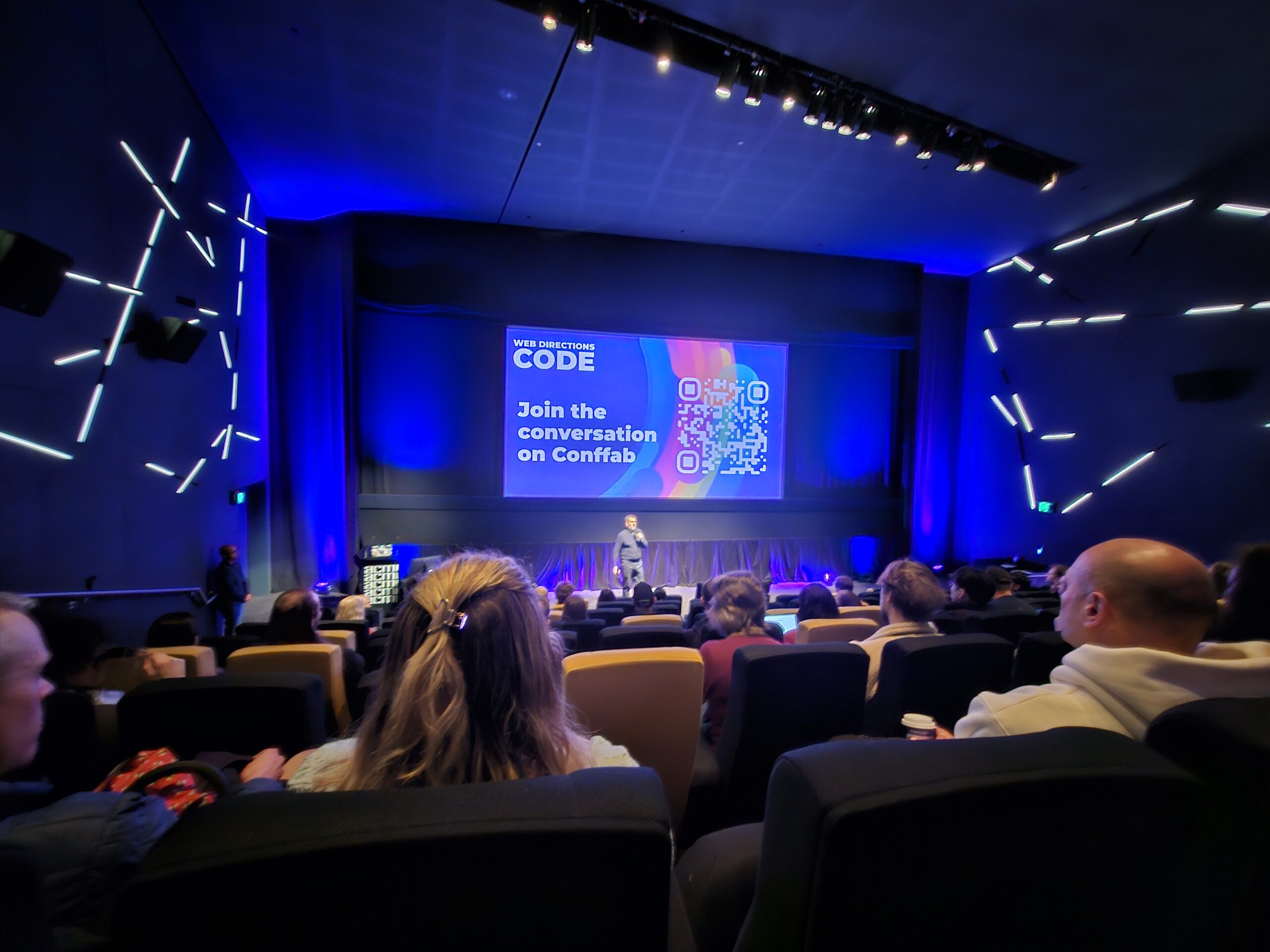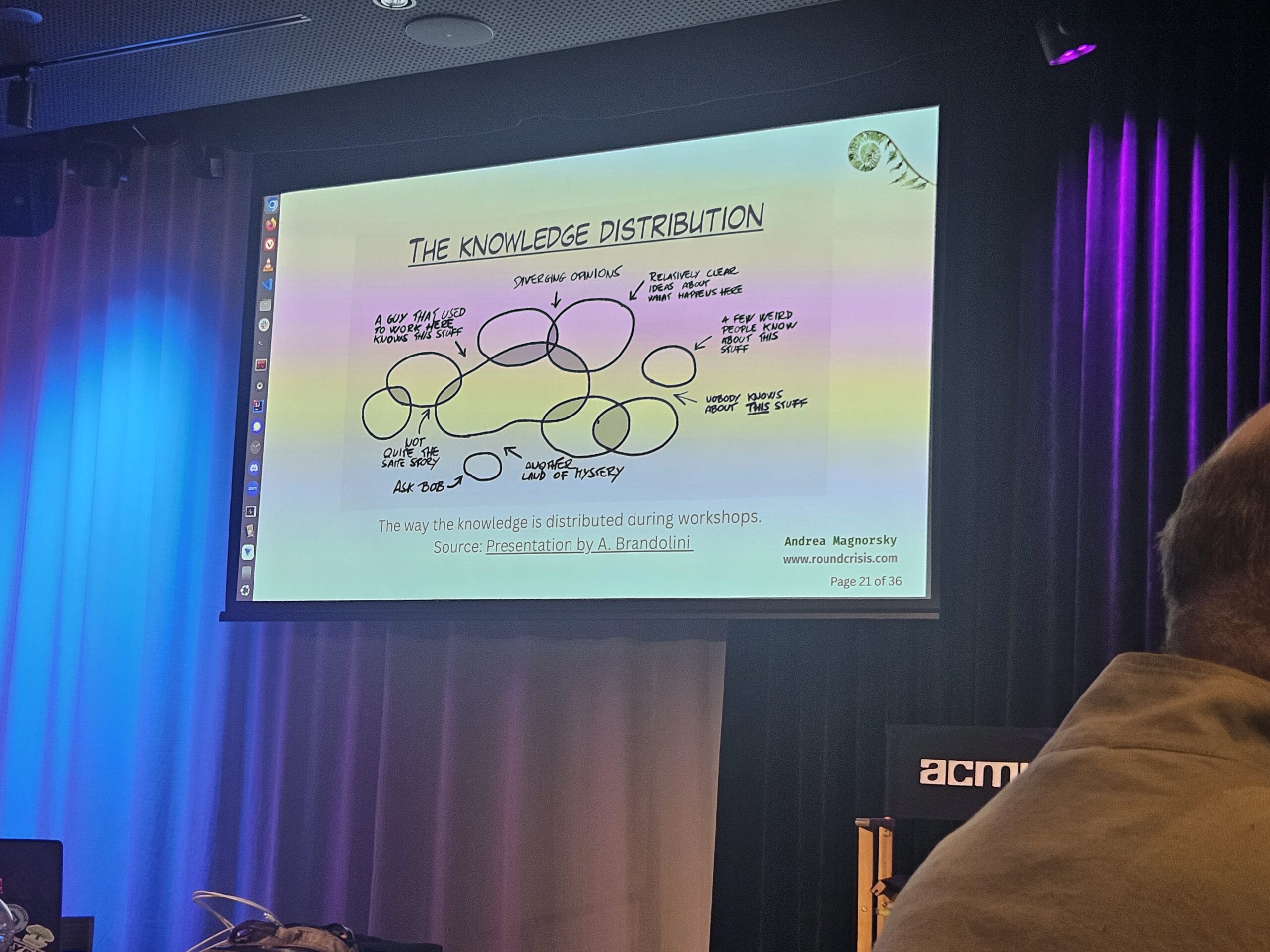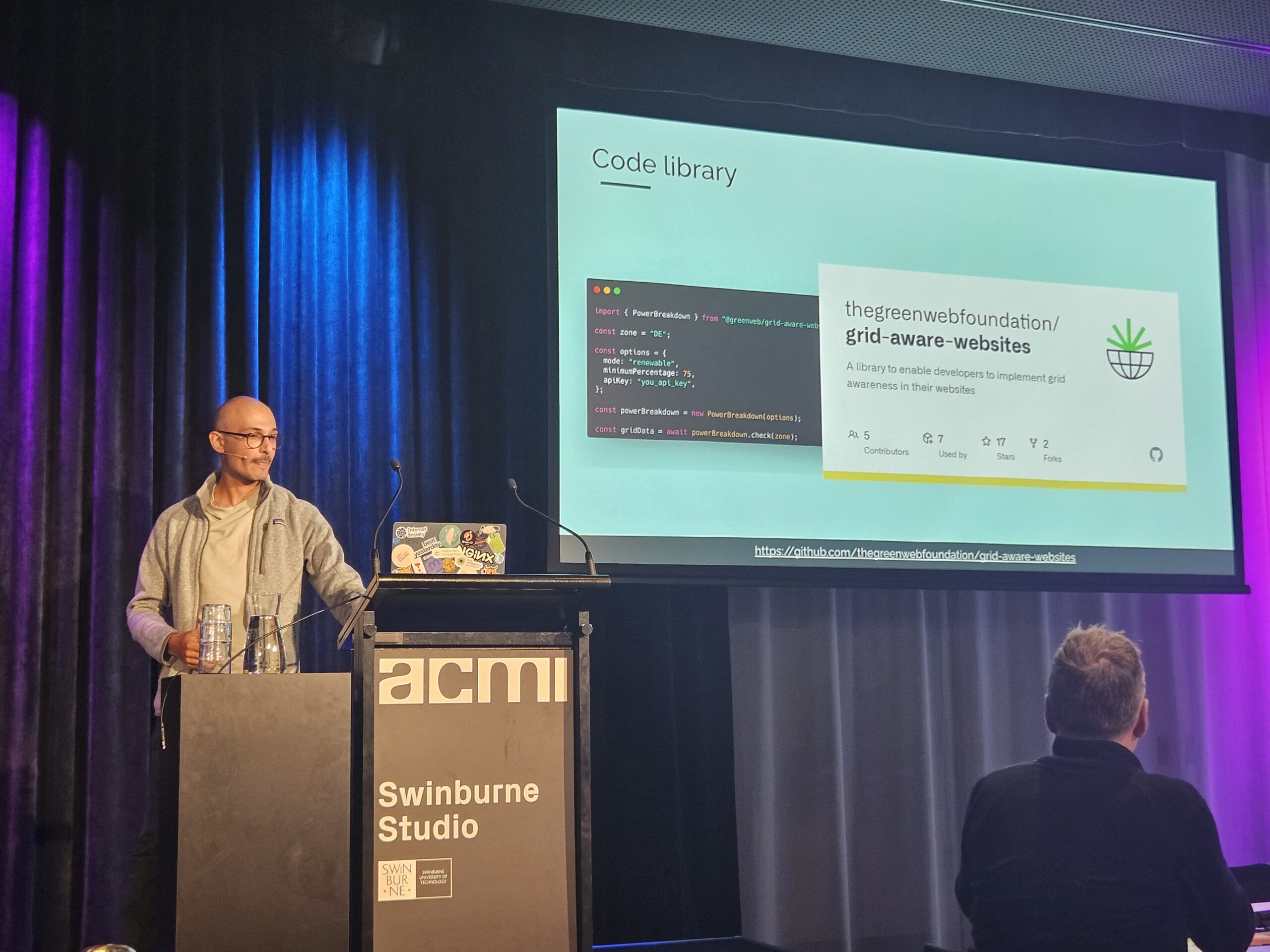
Optimal Data Engine
Everybody talks a different language When we decided to start building ODE we knew a few things already. One of those things was that most of our customers already had data warehousing technology. They had already…
Read moreArticle


I’ve been closely involved with Web Directions conferences since 2010, initially as a major sponsor while Managing Director at Silverstripe, before joining the Web Directions team as Director of Strategic Partnerships until late 2019. Since then, I’ve consistently participated as both sponsor and attendee through senior roles focused on digital platforms and enterprise strategy, now continuing as Head of Government and Enterprise at Ackama. Throughout this 15-year journey, Web Directions has provided invaluable insights, connections, and innovation, significantly influencing my approach to web engineering and digital leadership.
I had the pleasure of attending the 2025 Web Directions Code Leaders and Code events, held at ACMI in Melbourne—an iconic venue that sits at the crossroads of creativity, culture, and technology. It was the perfect setting for exploring the future of digital experience and the evolving role of front-end engineering. The events once again delivered outstanding opportunities to engage deeply with industry peers, uncover emerging trends, and reflect on the direction of our craft.
The Code Leaders event offered senior developers and engineering managers a focused exploration of effective leadership—how to make strategic decisions, foster healthy team cultures, and responsibly adopt emerging technologies. Some standout highlights from the day:
A consistent theme emerged: Proactive leadership is essential for navigating technological and strategic shifts, from AI adoption to sustainability practices.

Under the tagline “the front-end grows up,” the Code conference further explored these themes with practical sessions:

A notable aspect of these conferences was their hybrid format, streamed live via Web Directions’ Conffab platform. It was incredibly beneficial to revisit sessions remotely, catch up on missed presentations, and reinforce key lessons.
Looking ahead, web engineering is evolving rapidly, challenging leaders and developers to continually expand their skills in AI, accessibility, and sustainability. It was inspiring to be part of this passionate community again.
A huge thank you to the Web Directions team for another exceptional Code Leaders and Code event. I’m looking forward to attending the Web Directions Engineering AI conference in Sydney this September, and it’s great to see Web Directions also supporting the UX Australia conference in August, two events definitely worth attending.


Everybody talks a different language When we decided to start building ODE we knew a few things already. One of those things was that most of our customers already had data warehousing technology. They had already…
Read more
The Ensemble Logical Model is an enterprise-wide business model which, in an agile way, maps the business concepts within a given organization into an agile and adaptable model. – Remco Broekmans, LLC Author of ‘from Stories to Solutions’…
Read moreSquareweave is now Ackama.

We've merged with New Zealand company Ackama!
We're excited to be working with our Kiwi colleagues to deliver ambitious, purposeful digital products on both sides of the Tasman.
Common Code is now part of Ackama.

We’re now part of Ackama, delivering purposeful technology across the Asia-Pacific.
Together, we’re creating impact across energy, government, international development, and beyond. Delivering pragmatic, innovative solutions where they matter most.